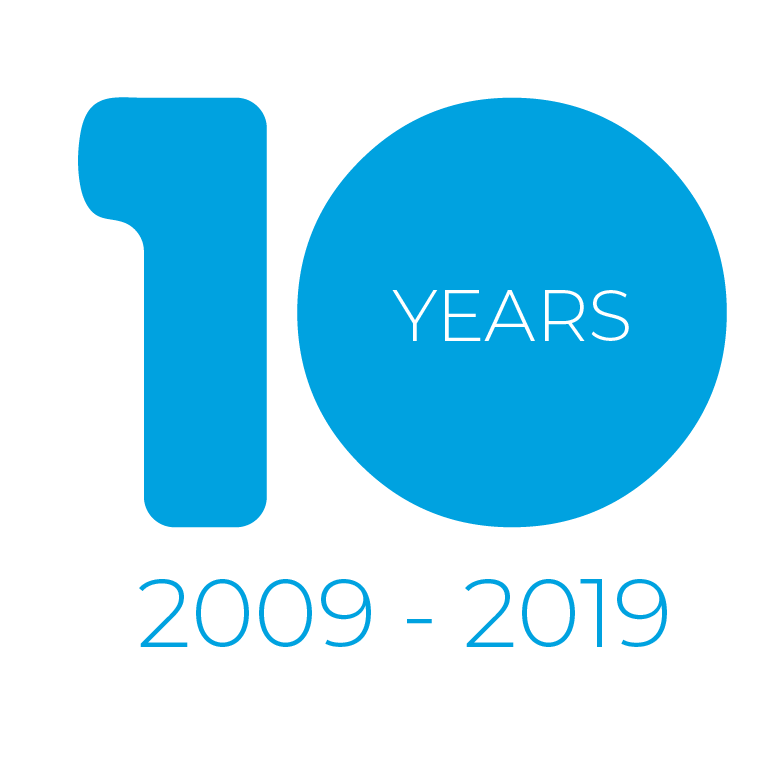Walking into the 4th-floor conference room at the University of Luxembourg’s Interdisciplinary Centre for Security, Reliability and Trust (SnT), I was expecting to see something big and unusual
I was on my way to participate in a trial of 3D motion detection and body representation for a piece of software that promises to improve the recovery process for stroke patients in Europe. But opening the door, all I saw was a small black box like a DVD player and a big screen monitor; it all seemed rather ordinary.
The fact that the hardware setup for the STARR project’s software is so economical is part of its brilliance. Through the H2020 STARR project (short for Decision SupporT and self-mAnagement system for stRoke survivoRs), SnT is developing a home-support system for stroke patients and their doctors. It provides real-time feedback as the patient performs physical therapy exercises in the comfort of their home, and it gives doctors the data they need to ensure that their patients keep making progress.
It isn’t just the equipment that resembles a video game. What patients see on the screen is reminiscent of a game too: a stick person mirrors their movements, moving as they move, with limbs turning green, yellow, and red. This cartoon avatar tells patients if they are performing their exercises correctly; lean too far to one side and the spine turns yellow. Bend over and the spine turns red.
What is especially innovative about this system is that the “ideal” motion the patient should perform is not only measured against a physical therapist’s example; at the start of their program, patients perform their physical therapy exercises with the unaffected side of their body. Their own dexterity is then taken as the baseline that they are working to achieve with the affected side. This process is powered by the team’s movement optimisation feedback algorithm. “That has been the main building block,” says Dr Djamila Aouada, the project leader.
Beyond guiding patients in their exercises, the setup ensures patient safety. Should the patient fall down or deviate wildly from their regular motion, their doctor or therapist can be notified immediately. They can check in on patients personally or even send an ambulance to address the situation.
“The whole process is always driven by the patients first and foremost. That’s what is really important to us in this project,” says Dr Aouada. Take the posture feedback, for example: “That was something patients explicitly wanted, so we made it happen. And in the end, we turned that work into an award-winning paper.” It is a human-centred approach to academic excellence in computer science.

SnT is turning 10! We’ve come a long way since launching our activities in 2009. Stay tuned for a year full of celebrations, cutting-edge research, and new milestones.
OVER 40 INDUSTRY PARTNERS | MORE THAN 70 EUROPEAN PROJECTS | 103 GRADUATED PHDS | 4 SPIN-OFFS
